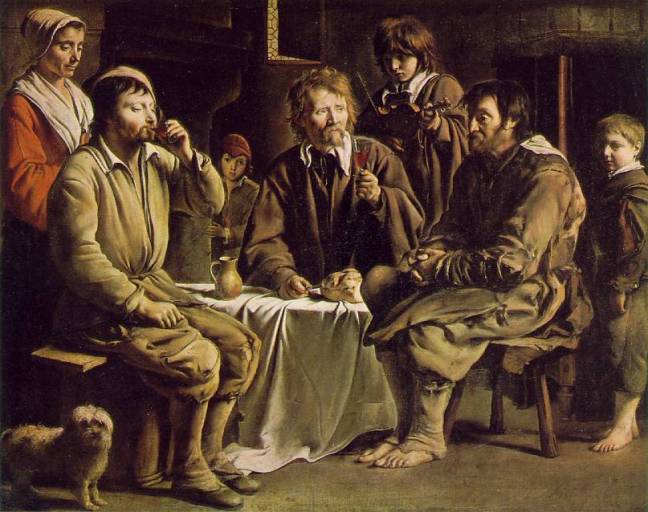This week’s featured work is a late 19th century American gilt composition frame of receding profile with raised grille panel, continuous front leaf-and-berry ornament, and acanthus leaf corners, designed by Stanford White and made by Joseph and Alexander Cabus.
 Late 19th century American gilt composition frame with raised grille panel designed by Stanford White
Late 19th century American gilt composition frame with raised grille panel designed by Stanford White
The design of the grille frame can be traced back to pierced 16th century Venetian frames. The concept was to use a space under the grille to gather and reflect light. Stanford White accomplished this by using a burnished gold panel to emanate light from underneath a softer gilt composition wire framework above.
White’s frame designs were bold, brilliant and as memorable as the man himself. He did not mark his frames with his initials or any other identifying symbols. There was no need for him to do so because his frames were for the most part instantly recognizable.
At 26, White co-founded the prestigious architecture firm McKim, Mead and White. He designed frames for artist friends as well as patrons, and reportedly did not charge for his designs and would not allow frame makers to duplicate them for anyone else.
White collected antique frames for inspiration and often reconfigured them as new frames. Strongly influenced by the Italian masters, he favored more subtle designs and finishes (the introduction of the electric light in 1900 made earlier bright finishes seem garish), which he matched carefully to individual paintings.
The ornamentation on his frames was usually cast in composition, sometimes over a wire grille. The frames were then gilded in gold or metal leaf, or finished with Roman bronze patina for a softer finish.
White favored the frame maker Joseph Cabus, who crafted his frames from 1882 to 1894. Joseph’s son, Alexander, joined the shop in 1891. White had a falling out with Alexander in the mid 1890s, after which Oscar Rudolph became his preferred frame maker.
Detail of the raised grille panel
White designed frames for several artists, but one of his most successful collaborations was with the American painter Thomas Wilmer Dewing. Dewing’s delicate, evocative, and even ghostlike paintings of women were enhanced by White’s golden grilles. Susan Hobbs, Dewing’s biographer, describes them as looking like “gilded lace and shimmery teardrops.”
For more information on Lowy’s collection of Stanford White frames, please visit www.lowyonline.com or call 212-861-8585.











